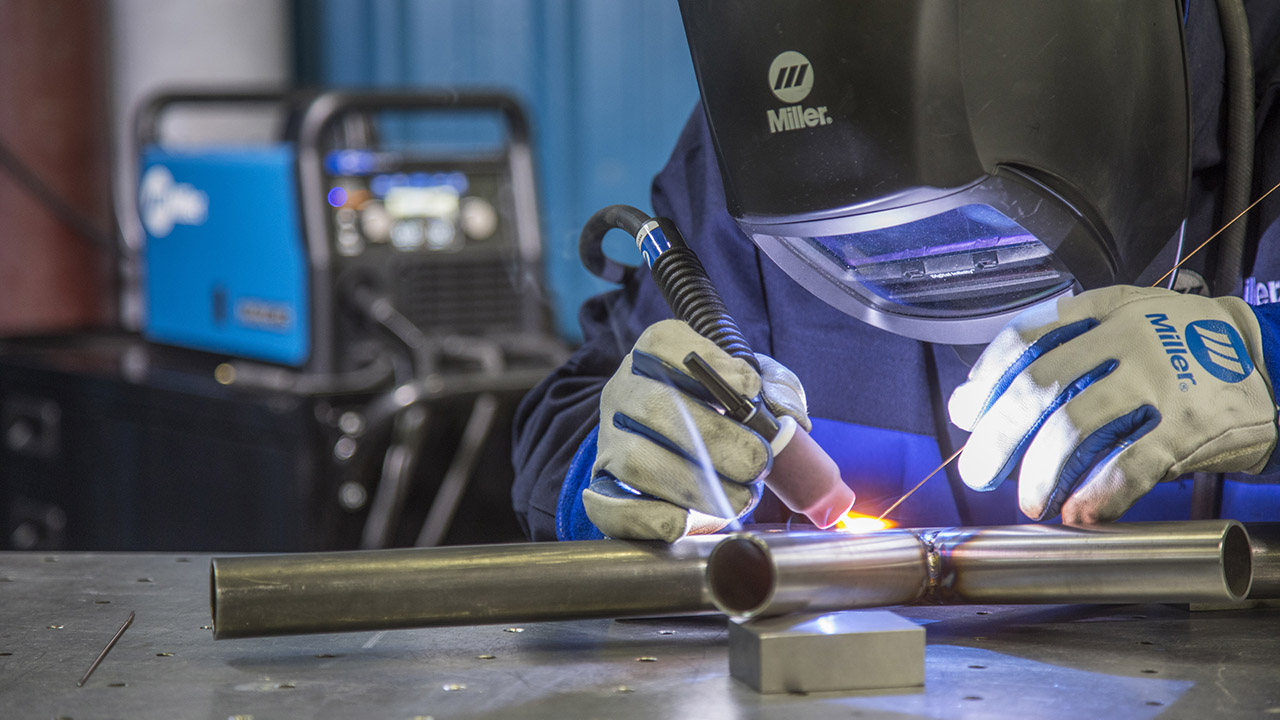Achieving Welding Quality: Revealing the Secrets of WPS Implementation and Optimization
In the world of welding, achieving excellence is a quest that hinges on the careful implementation and optimization of Welding Procedure Specifications (WPS) By delving right into the vital components, techniques, obstacles, and ideal techniques linked with WPS, a world of welding excellence waits for those that are ready to discover its midsts.
Relevance of WPS in Welding
The Relevance of Welding Procedure Specifications (WPS) in the welding market can not be overstated, functioning as the backbone for making sure consistency, high quality, and security in welding operations. A WPS provides detailed guidelines on how welding is to be lugged out, consisting of important variables such as products, welding processes, joint layout, filler metals, interpass and preheat temperature levels, welding currents, voltages, travel speeds, and much more. By adhering to a well-defined WPS, welders can maintain uniformity in their work, leading to constant weld top quality across different tasks.
Crucial Element of WPS
Going over the integral elements of a welding treatment spec (WPS) is important for comprehending its duty in welding operations. A detailed WPS consists of several crucial elements that direct welders in attaining top quality and consistency in their work. One critical aspect of a WPS is the welding process spec, which lays out the particular welding processes to be made use of, such as gas tungsten arc welding (GTAW) or secured metal arc welding (SMAW) Furthermore, the WPS includes details on the welding materials, such as the kind and specs of the base steel and filler metal to be utilized. The WPS likewise specifies crucial variables like welding parameters, interpass and preheat temperature level demands, and post-weld warm therapy procedures. Additionally, it consists of information on joint layout, fit-up, and any special strategies or precautions necessary for the welding operation. By integrating these crucial aspects right into the WPS, welding treatments can be standard, making sure quality, efficiency, and security in welding procedures.
Techniques for WPS Optimization

Second of all, training and qualification of welding personnel according to the certain needs of the WPS is paramount. Giving detailed training programs and guaranteeing that welders are licensed to carry out procedures detailed in the WPS can result in greater high quality welds and minimized rework.
In addition, leveraging innovation such as welding software application and surveillance systems can assist in maximizing WPS. These devices can help in monitoring variables, making sure criteria are within defined restrictions, find more information and giving real-time feedback to welders, enabling them to make instant changes for boosted weld top quality.
Usual Challenges and Solutions
Dealing with obstacles in applying the approaches top article for WPS optimization can impede welding operations' performance and top quality. One typical challenge is poor training or understanding of the welding treatment specs (WPS) amongst the welding group.
Another obstacle is the absence of appropriate documentation and record-keeping, which is essential for WPS optimization. Without clear documents of welding specifications, materials utilized, and evaluation results, it comes to be difficult to recognize locations for improvement and make sure consistency in welding processes. Applying a durable documentation system, such as electronic welding administration software application, can aid streamline record-keeping and facilitate information analysis for continual improvement.
In addition, irregular welding equipment calibration and maintenance can position a significant challenge to WPS optimization. Regular tools checks, calibration, and upkeep timetables ought to be followed strictly to make certain that welding parameters are properly controlled and preserved within the defined resistances (welding WPS). By dealing with these usual challenges with positive solutions, welding operations can boost effectiveness, quality, and general welding quality
Finest Practices for WPS Execution
To guarantee effective WPS application in welding procedures, adherence to industry requirements and careful attention to detail are vital. When launching WPS application, it is crucial to begin by extensively understanding the particular welding demands of the job. This requires an extensive testimonial of the welding procedure specifications, products to be bonded, and the environmental conditions in which the welding will happen.
When the demands are clear, the next action is to select the appropriate welding treatment that aligns with these specifications. This involves getting in touch with the relevant codes and requirements, such as those provided by the American Welding Culture (AWS) or the International Company for Standardization (ISO), to make sure conformity and high quality.
In addition, recording the entire WPS application procedure is important for traceability and high quality control. Comprehensive records need to be kept concerning welding specifications, material preparation, preheat and interpass temperatures, welding consumables made use of, and any discrepancies from the original procedure. Regular audits and reviews of the WPS can aid identify areas for enhancement and guarantee continuous optimization of the welding process.


Conclusion
To conclude, the execution and optimization of Welding Procedure Requirements (WPS) is essential for achieving welding excellence. By recognizing the key aspects of WPS, applying reliable techniques for optimization, addressing usual challenges, and following finest practices, welders can make certain high-quality welds and secure working problems. It is critical for specialists in the welding market to focus on the proper execution of WPS to improve general welding performance and attain preferred outcomes.
The Significance of Welding Treatment Specifications (WPS) in the welding industry can not be overstated, serving as the foundation for ensuring consistency, high quality, and safety and security in welding operations. A WPS supplies thorough guidelines on just how welding is to be carried out, including why not find out more vital variables such as materials, welding processes, joint design, filler metals, preheat and interpass temperatures, welding currents, voltages, traveling rates, and extra. One essential aspect of a WPS is the welding process specification, which outlines the details welding procedures to be made use of, such as gas tungsten arc welding (GTAW) or protected metal arc welding (SMAW) By integrating these crucial aspects into the WPS, welding procedures can be standard, making certain quality, performance, and security in welding operations.
It is crucial for experts in the welding market to prioritize the correct application of WPS to enhance general welding efficiency and attain preferred outcomes.